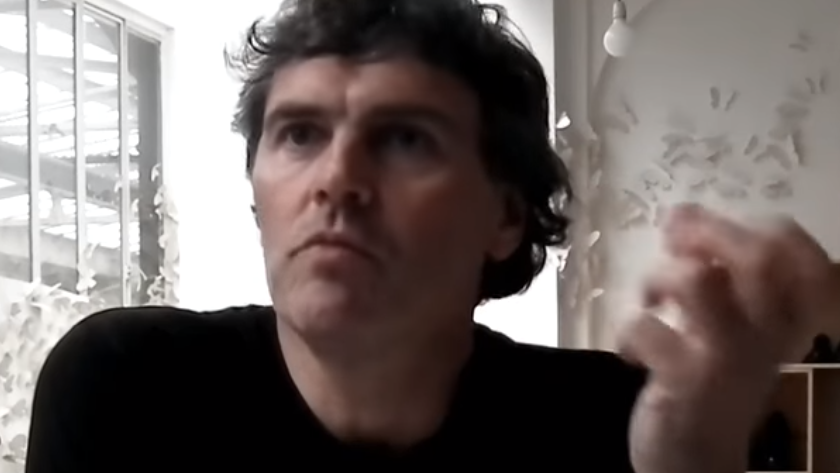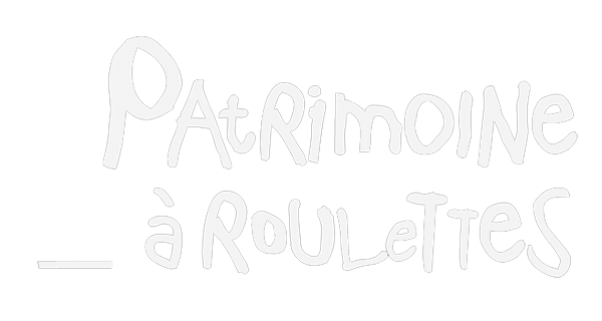"(...) What can art do? Nothing, or very little. In other words, nothing or very little in terms of concrete effectiveness."
However, anthropocene art or eco-art aims to combine the traditional aesthetic dimension of art to a certain level of effectiveness in terms of raising awareness, encouraging reflection and even action.
The visual arts have always been inspired by nature and the human environment to create, to produce works. In the early 1960s, we saw the timid emergence of a trend aimed at highlighting the impact of man on his environment. From works are based on the recovery or recycling of industrial waste, other use the environment as a backdrop or support.
At the beginning of the 1990s, the environmental issue really came to the forefront of public opinion for more and more artists. An "activist" art form is emerging that aims to to denounce, to alert, to raise awareness.
Through their sculptures, paintings, photographs, installations, etc., these artists give themselves a new dimension. 21st century man face up to his responsibilities, face up to the challenges of the 21st century environmental emergency. We call their work "eco-art", "anthropocene art" or "ecological art".
Listen to Paul Ardenne - Art and ecology conference
Anthropocene
Anthropocene is a term that appeared at the end of the 20th century to designate the period in history when humans began to have a major impact on the environment and the evolution of our planet. During this new "geological" era, activities such as industry, deforestation, transport, fishing, waste production, etc. have raised on such a scale that they are having a fundamental impact on the earth's ecosystem in all its aspects, as a whole. Since the beginning of the 18th century, the effects of human activity increasingly outstrip the Earth's natural evolution.




